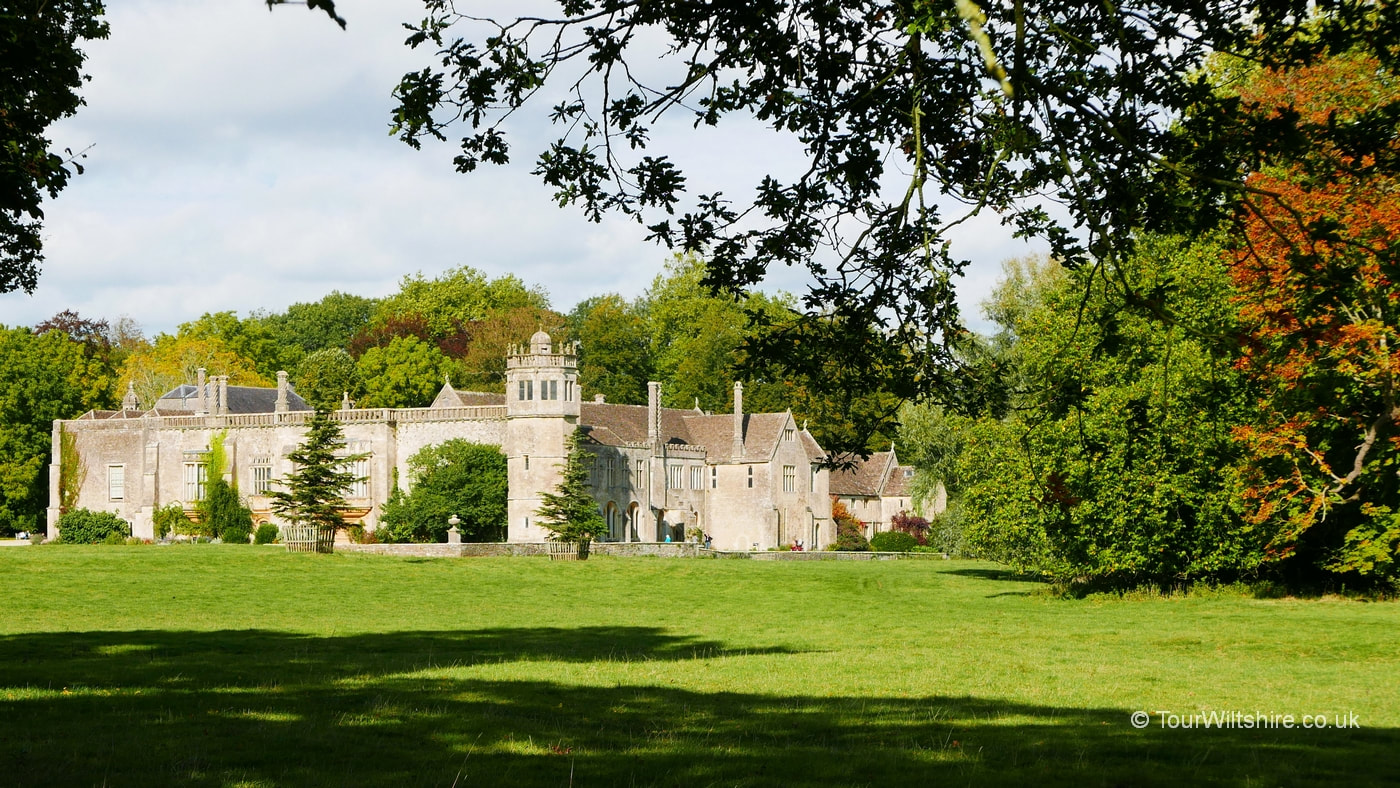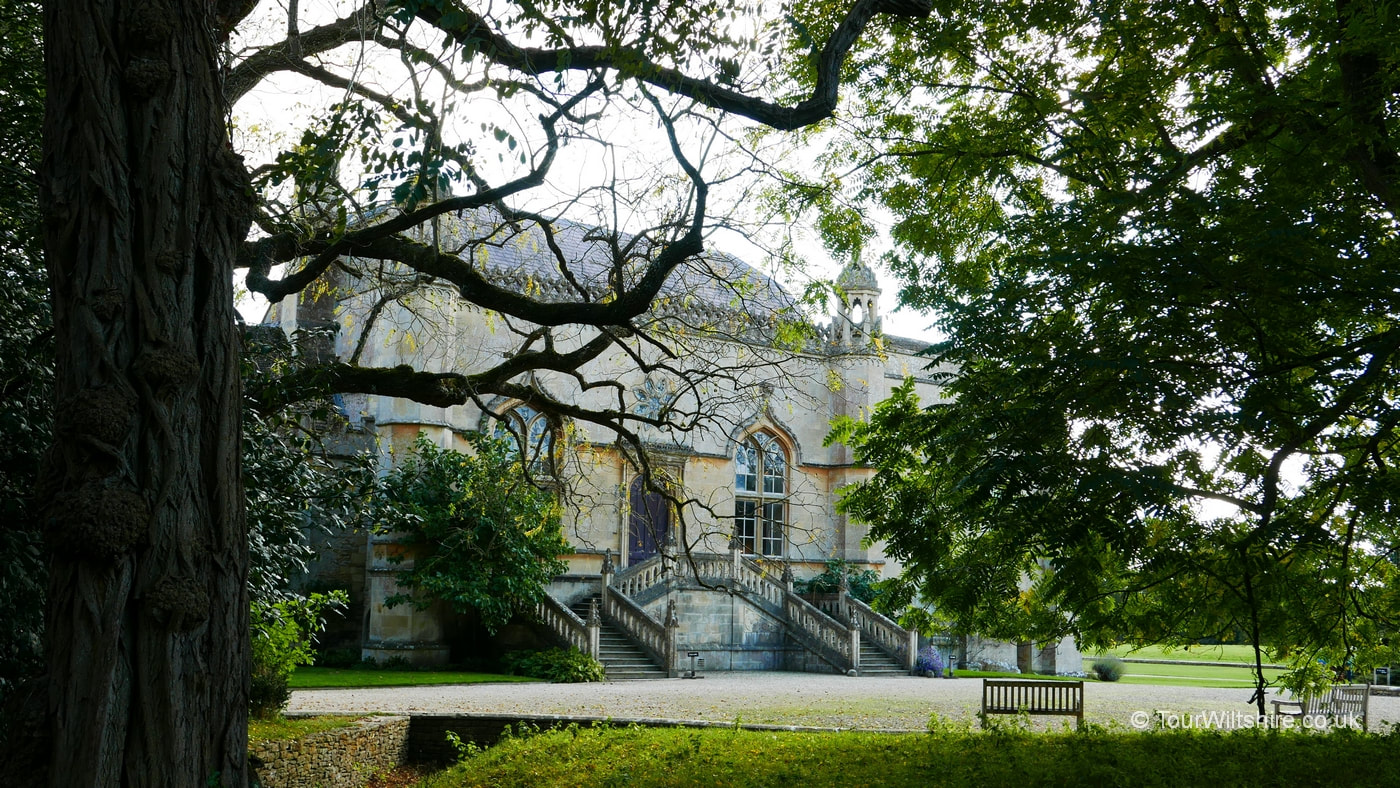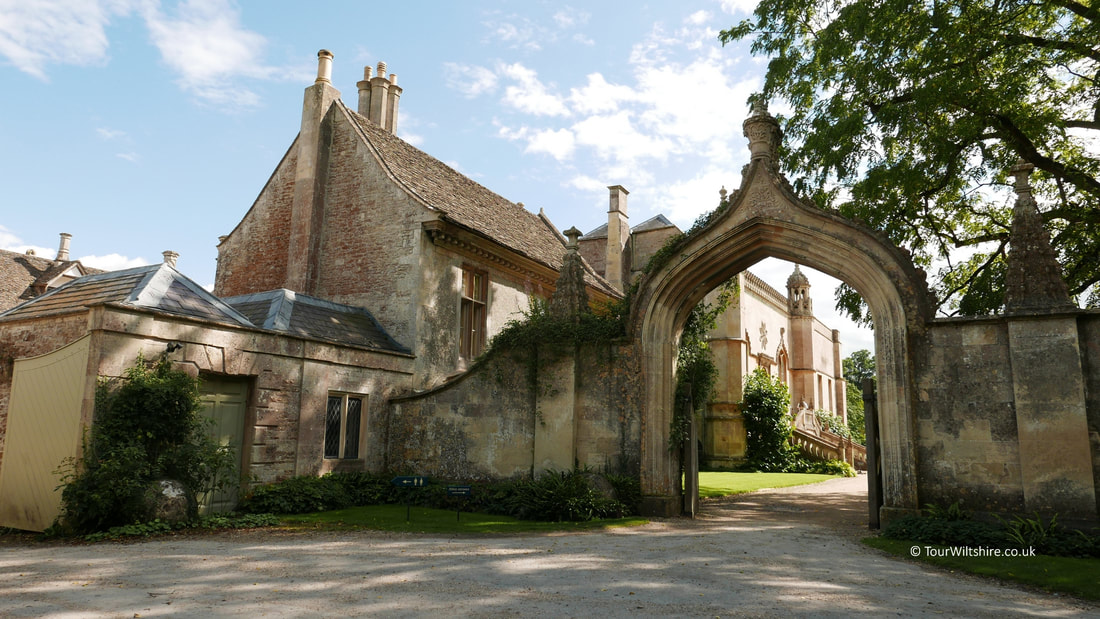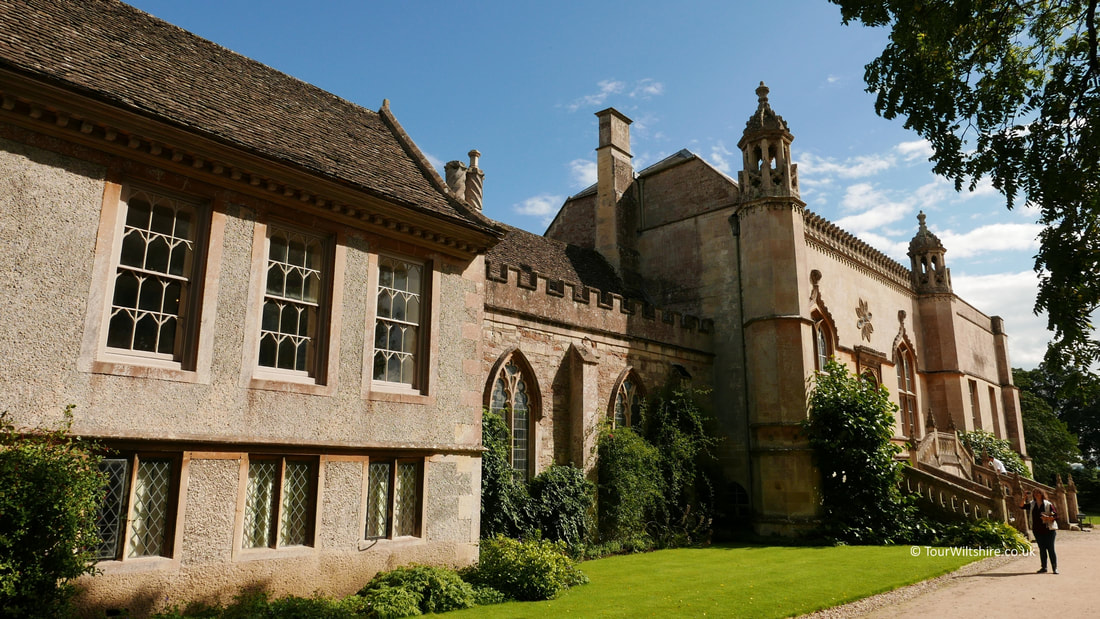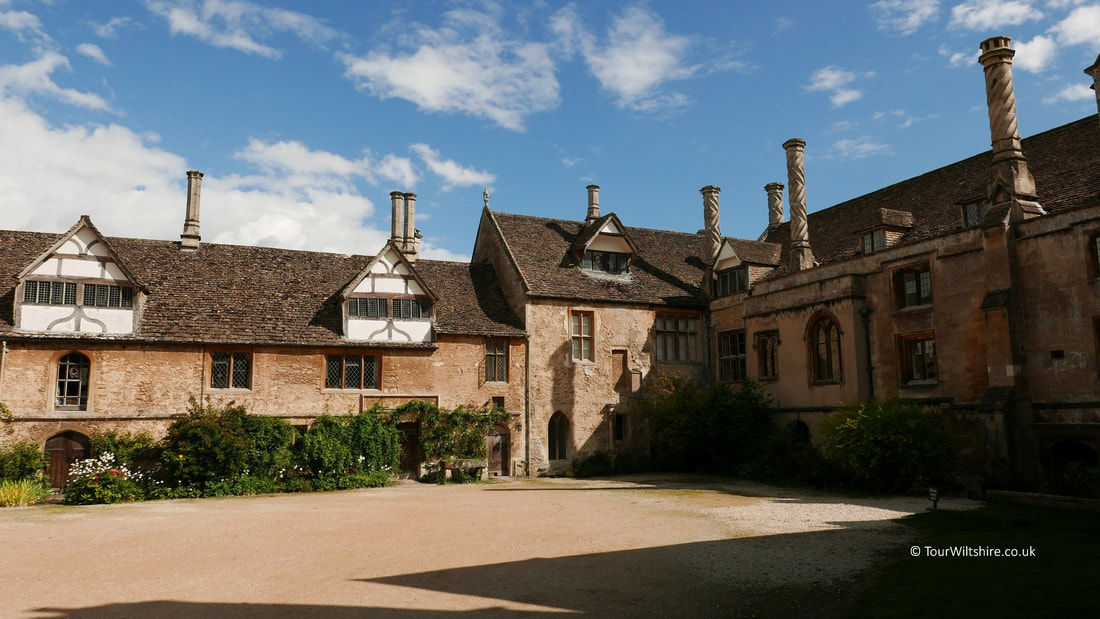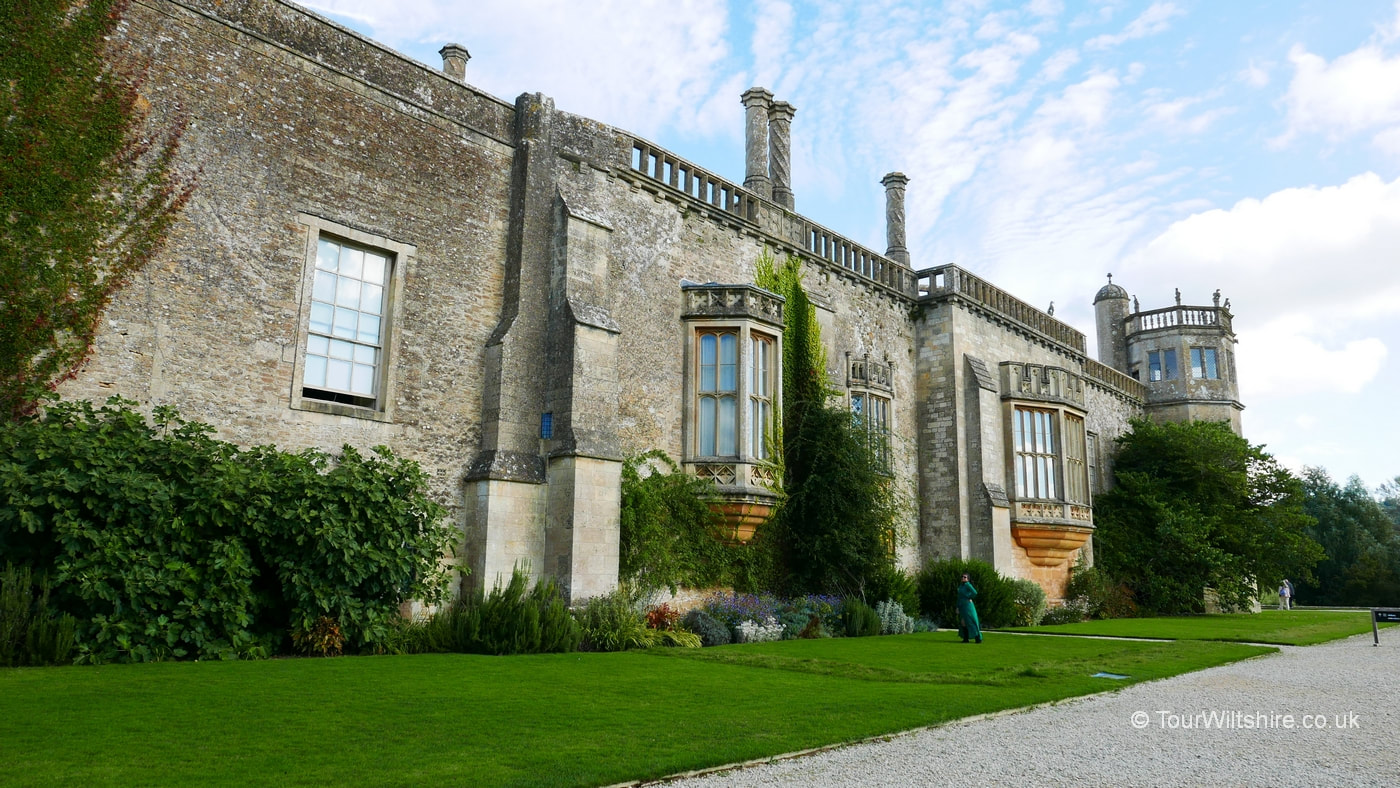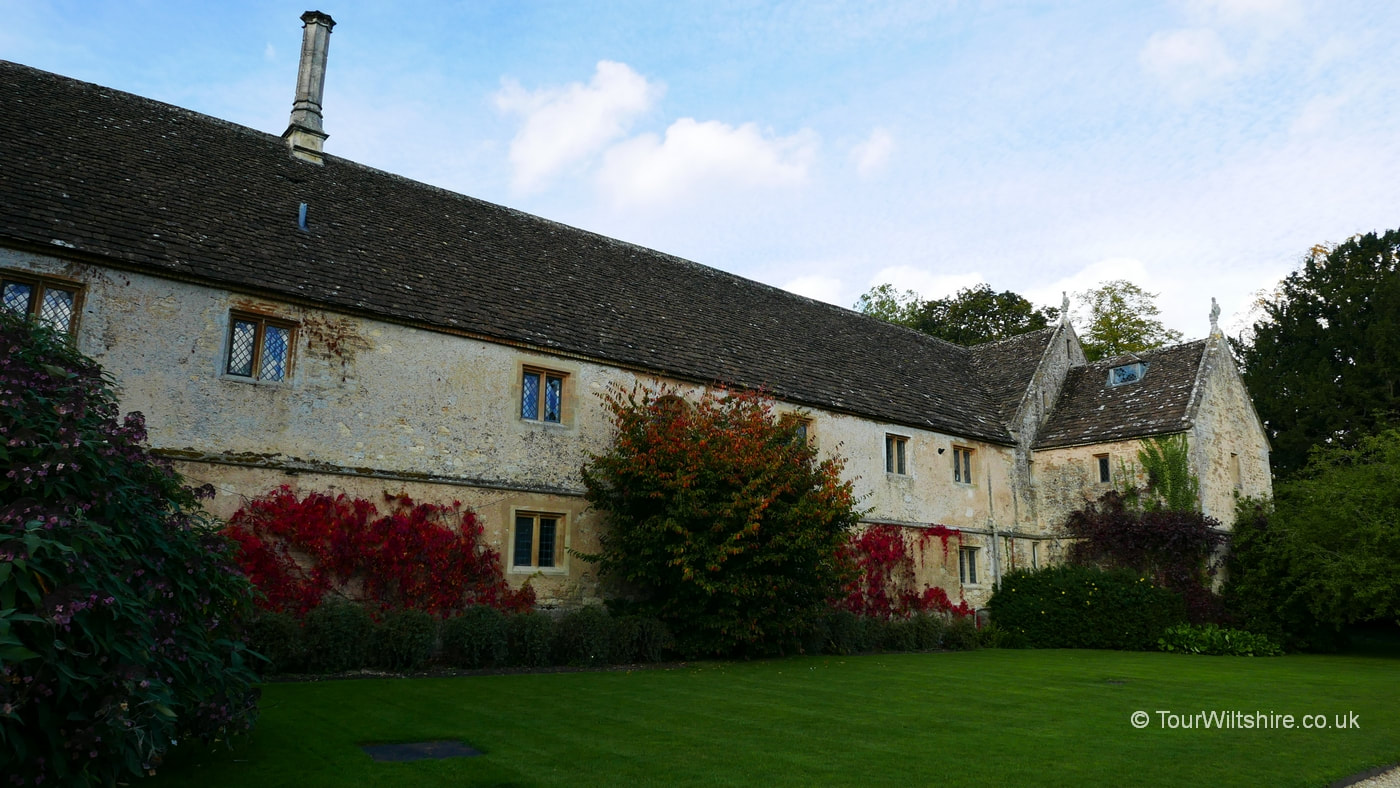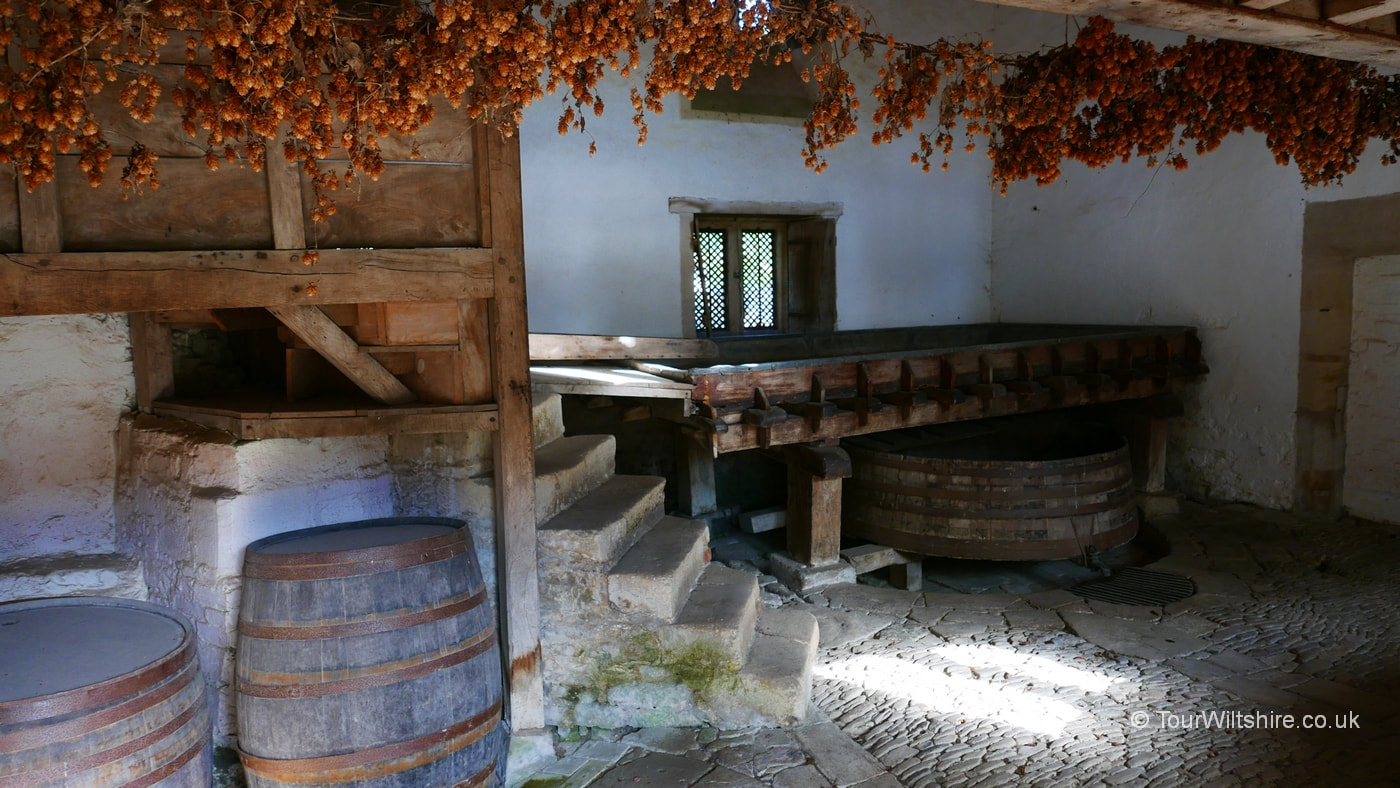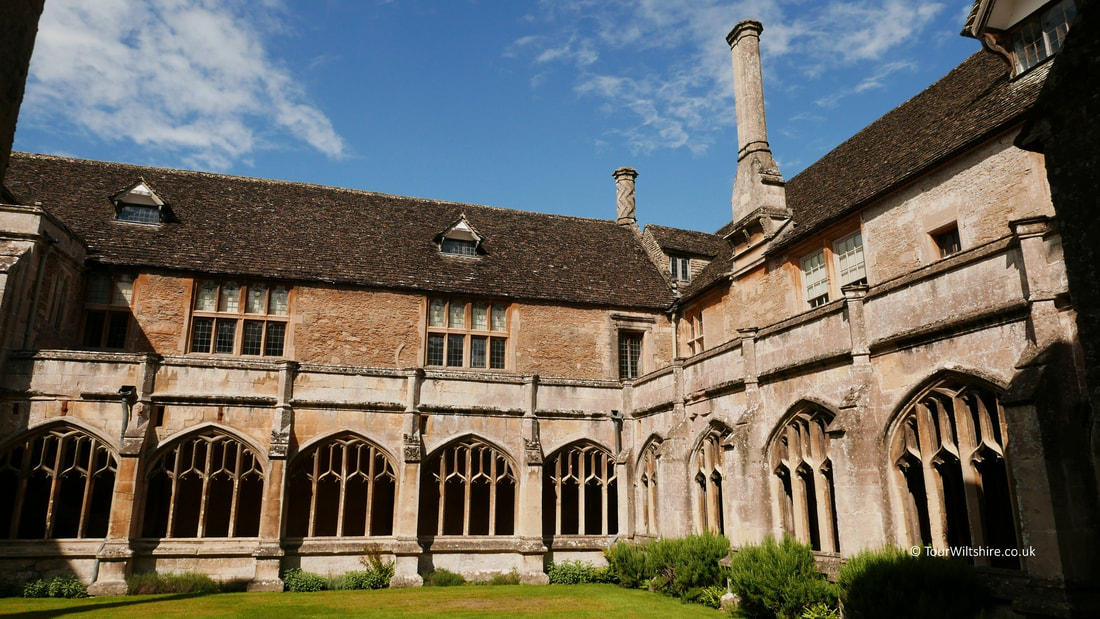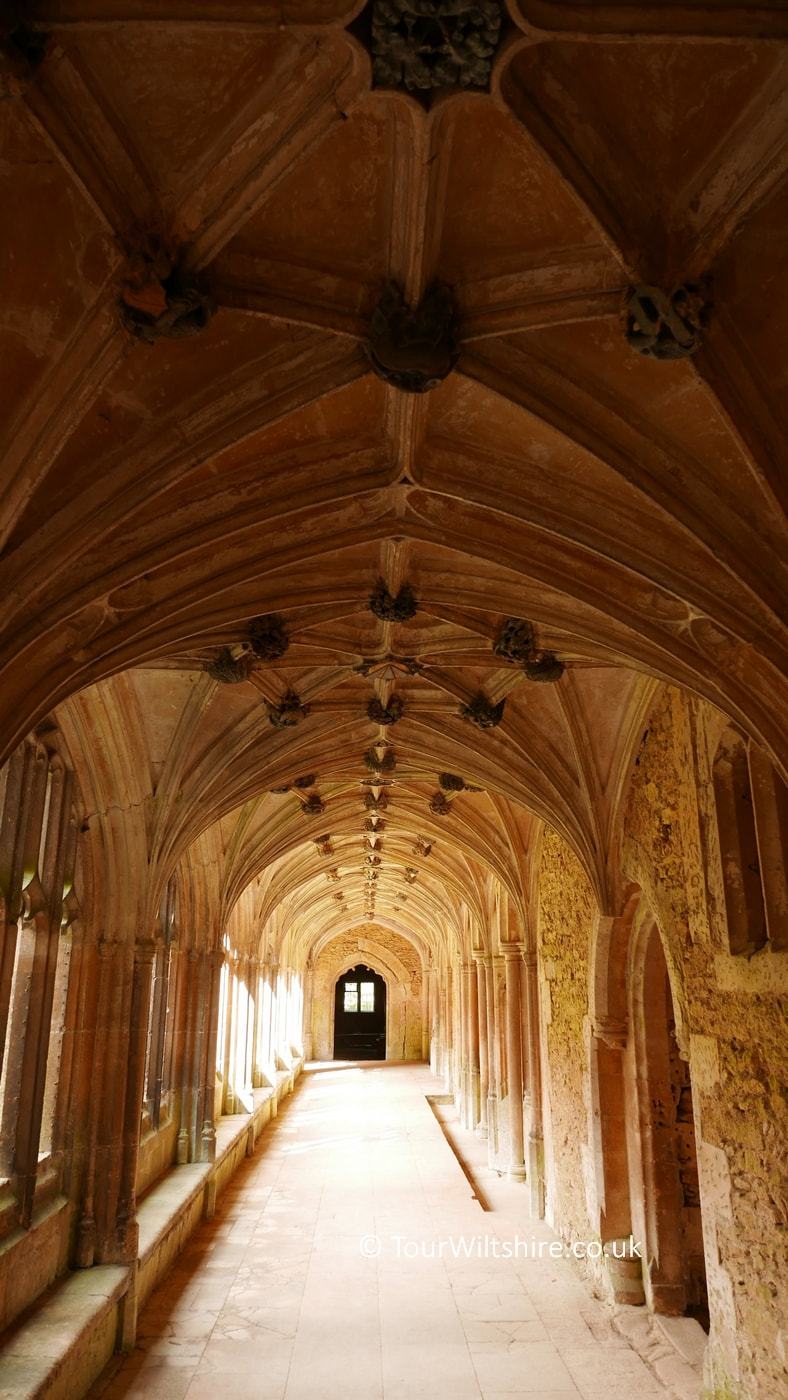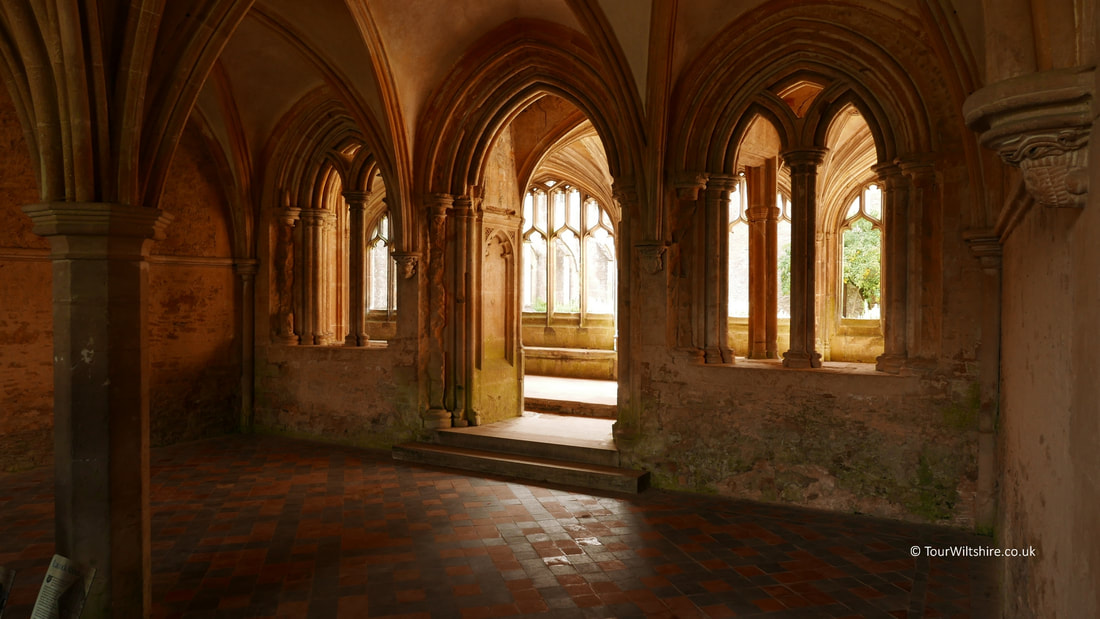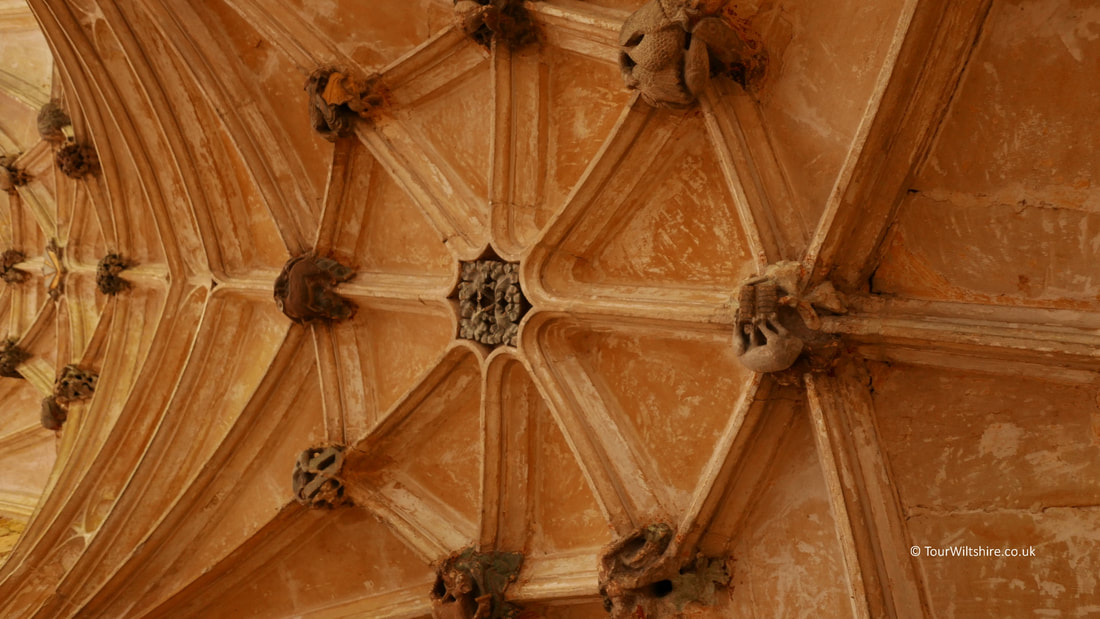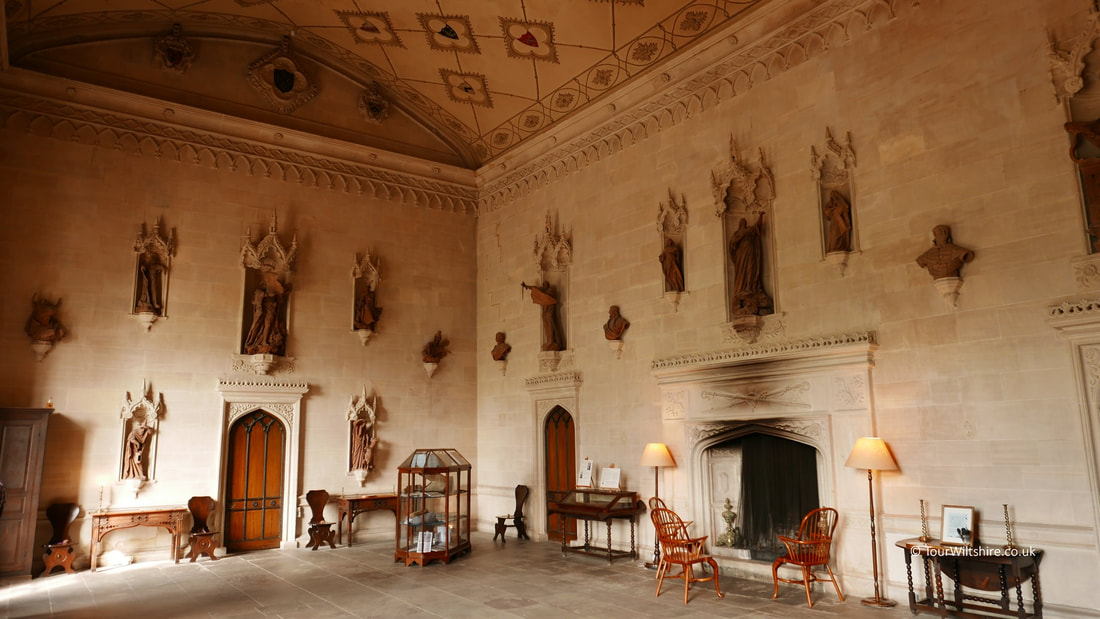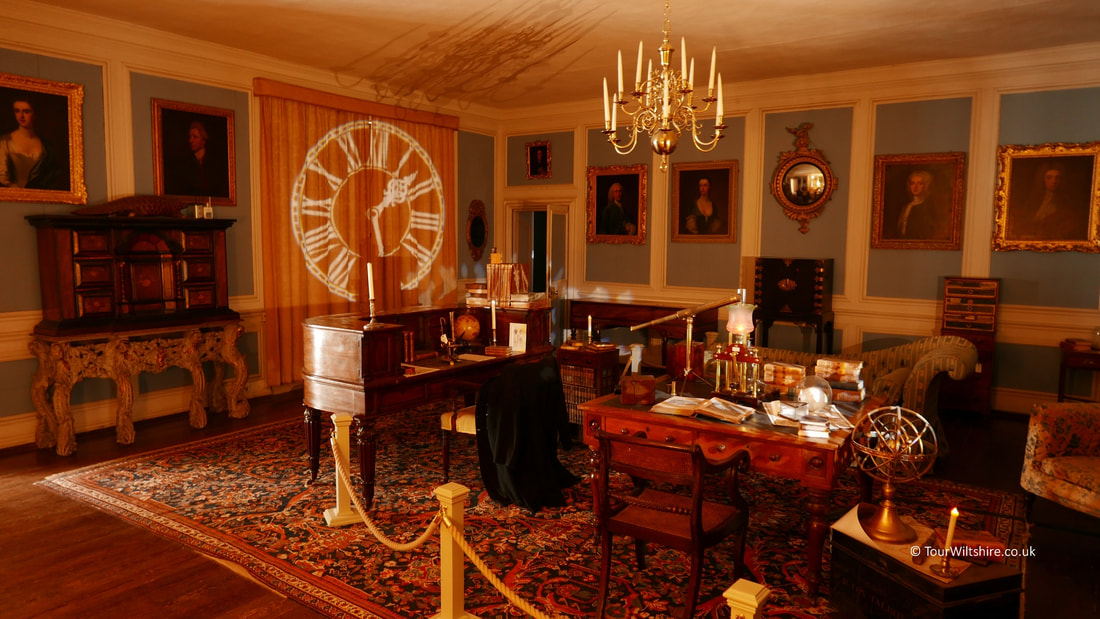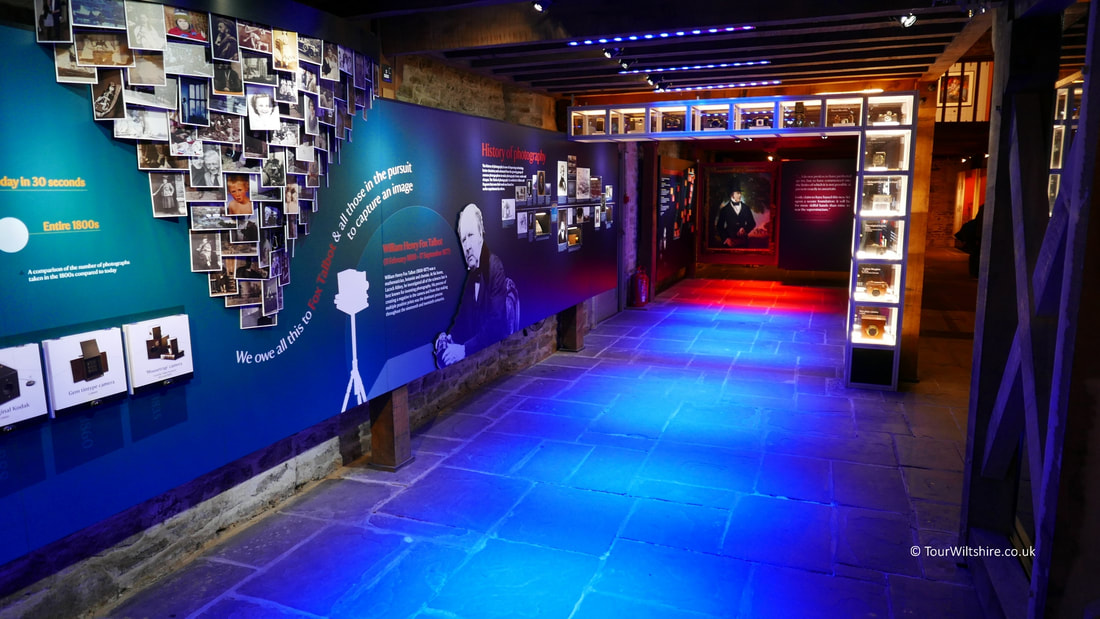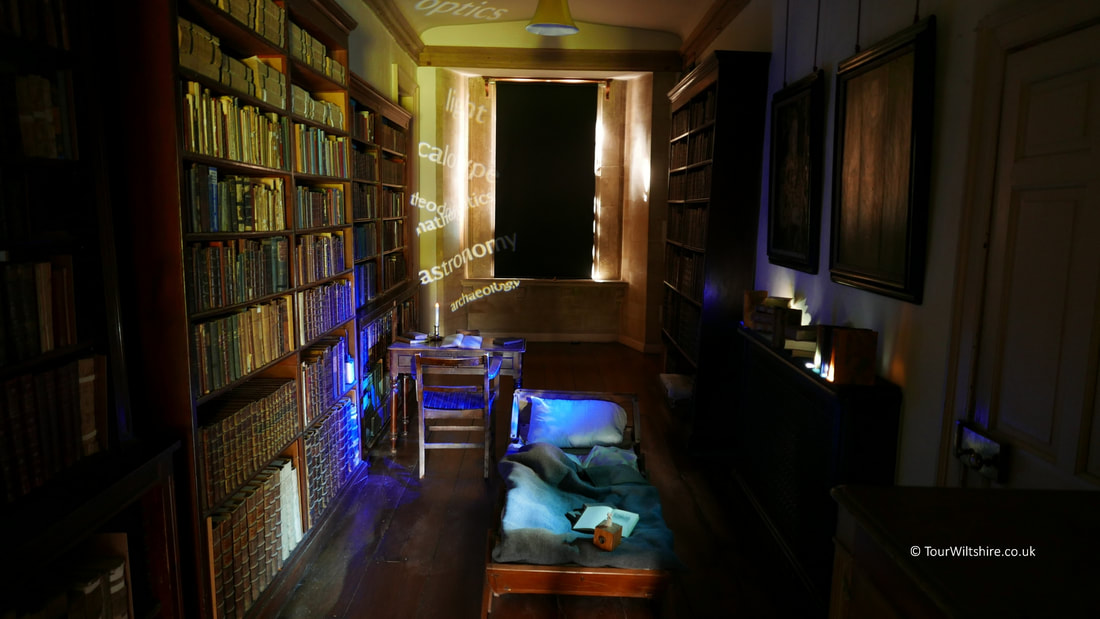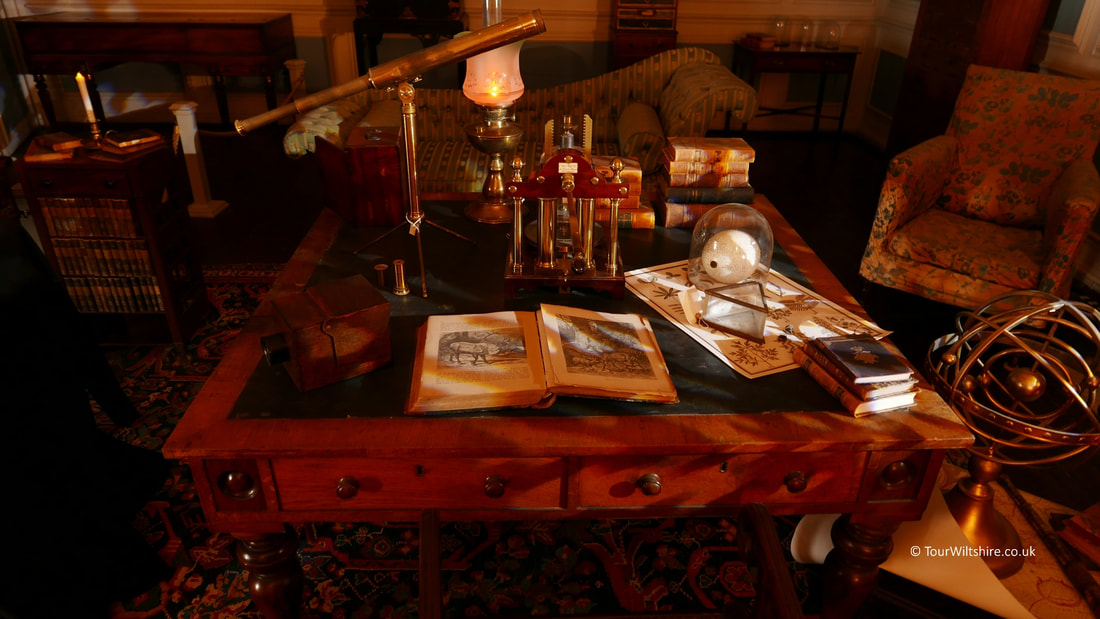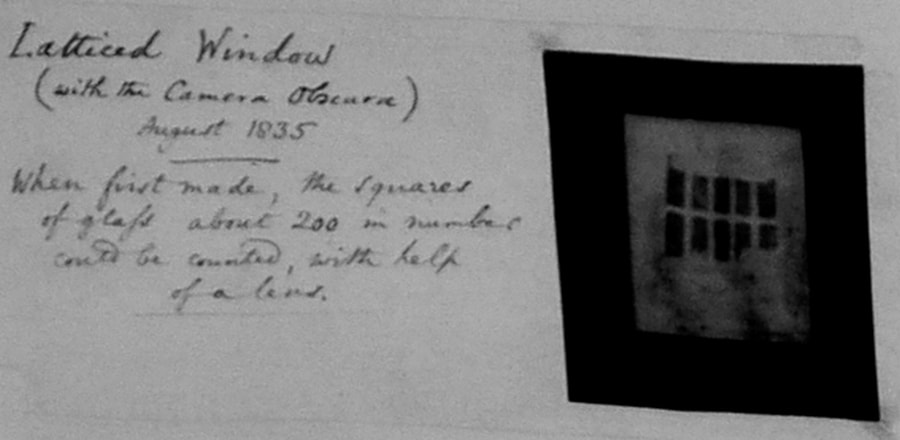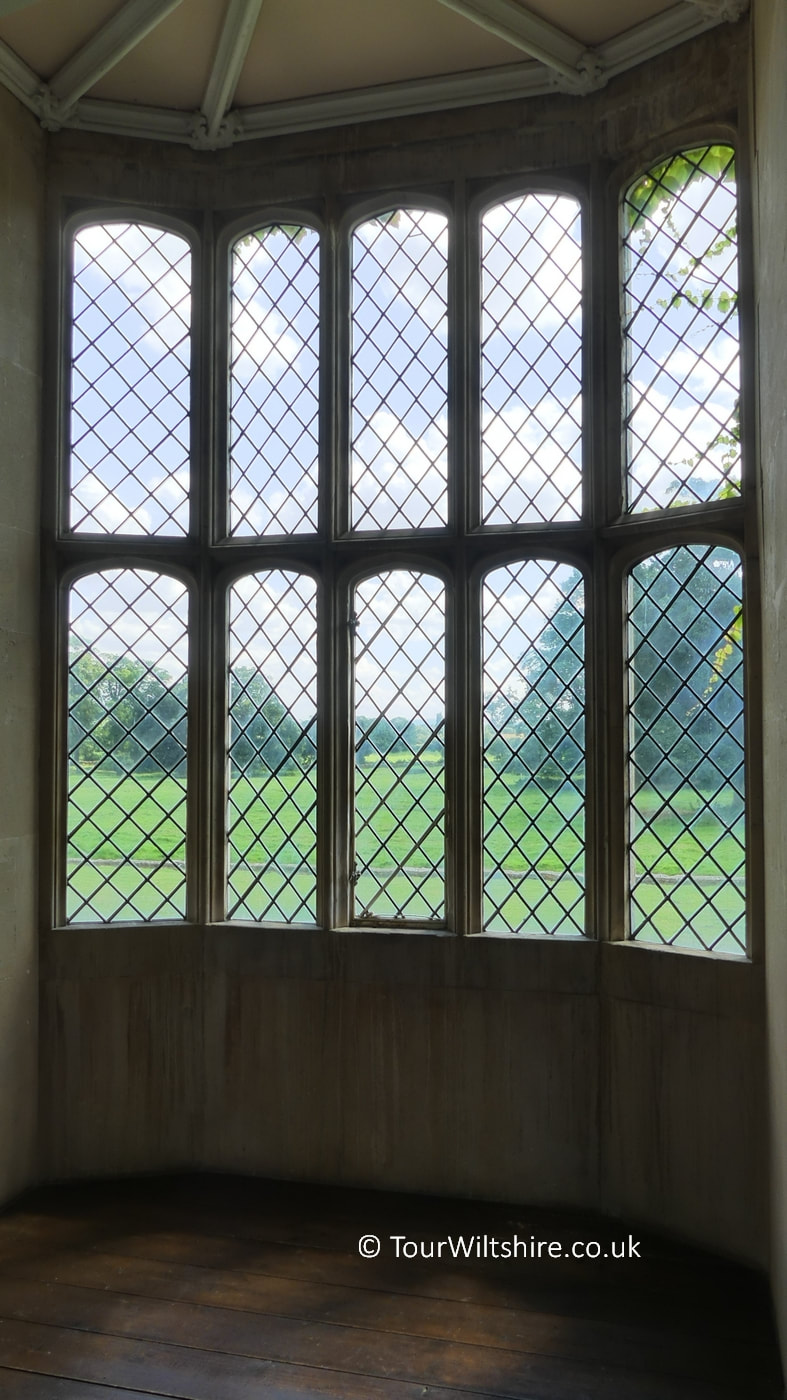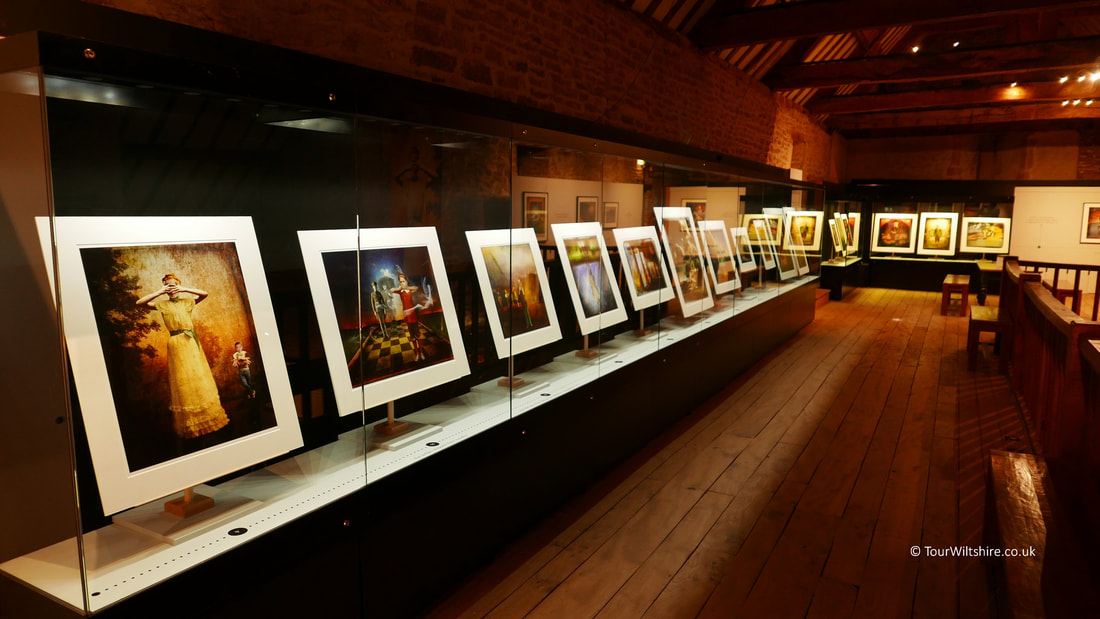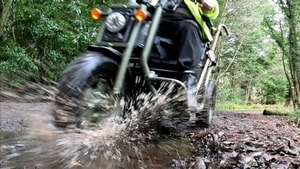⭐⭐⭐⭐
Lacock Abbey and Fox Talbot Museum, Wiltshire
Lacock, Chippenham SN15 2LG
Lacock Abbey was founded in 1232 by Ela, Countess of Salisbury, as a nunnery of the Augustinian order, in memory of her husband William Longespee a powerful baron. The abbey remained a nunnery until the Dissolution of the Monasteries, by which Henry VIII, in the 16th Century, disbanded monasteries, priories, convents and friaries, in England, Wales and Ireland, appropriated their income, and disposed of their assets to his aristocratic supporters. He was given the authority to do this in England and Wales by the Act of Supremacy, passed by Parliament in 1534, which made him Supreme Head of the Church in England. Lacock Abbey was the last of the religious houses in England to be dissolved, being sold for £783 in 1539 to Sir William Sharington who converted the convent into a residence. Sharington was succeeded by his brother Henry in 1553, whose daughter married John Talbot of Salwarp, Worcestershire. Lacock Abbey remained in the ownership of the Talbot family until the Second World War. During the 19th century Lacock was the residence of William Henry Fox Talbot. In 1835 he made what may be the earliest surviving photographic camera negative, an image of one of the windows.
The house was built over the old cloisters and its main rooms are on the first floor. Throughout the life of the building, many architectural alterations, additions, and renovations have occurred so that the house is a mish-mash of different periods and styles, but the Tudor stable courtyard has retained many of its original features including the brewhouse and bakehouse. Disabled Access Statement
Film/TV Location For: The Grass Is Greener; The Secret Of My Success: Robin If Sherwood; Pride and Prejudice; The Other Boleyn Girl
The house was built over the old cloisters and its main rooms are on the first floor. Throughout the life of the building, many architectural alterations, additions, and renovations have occurred so that the house is a mish-mash of different periods and styles, but the Tudor stable courtyard has retained many of its original features including the brewhouse and bakehouse. Disabled Access Statement
Film/TV Location For: The Grass Is Greener; The Secret Of My Success: Robin If Sherwood; Pride and Prejudice; The Other Boleyn Girl

